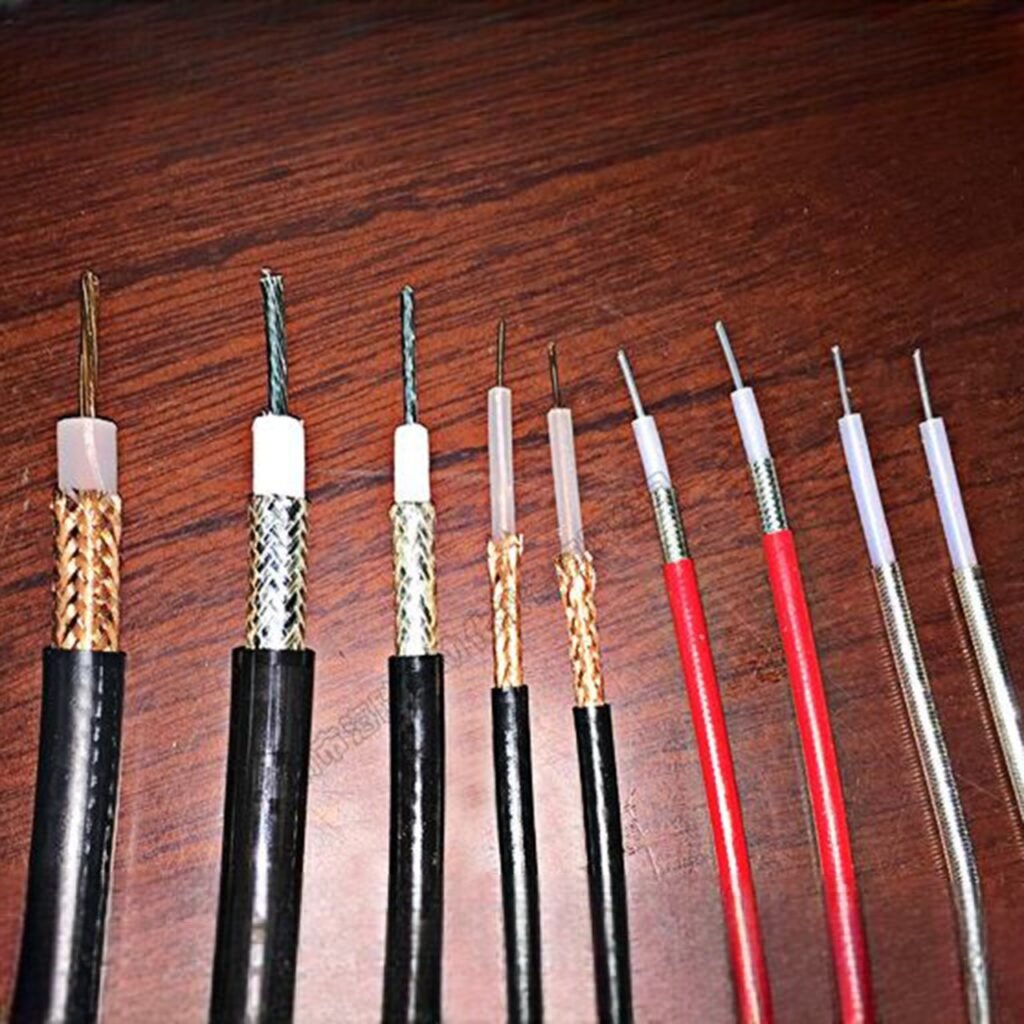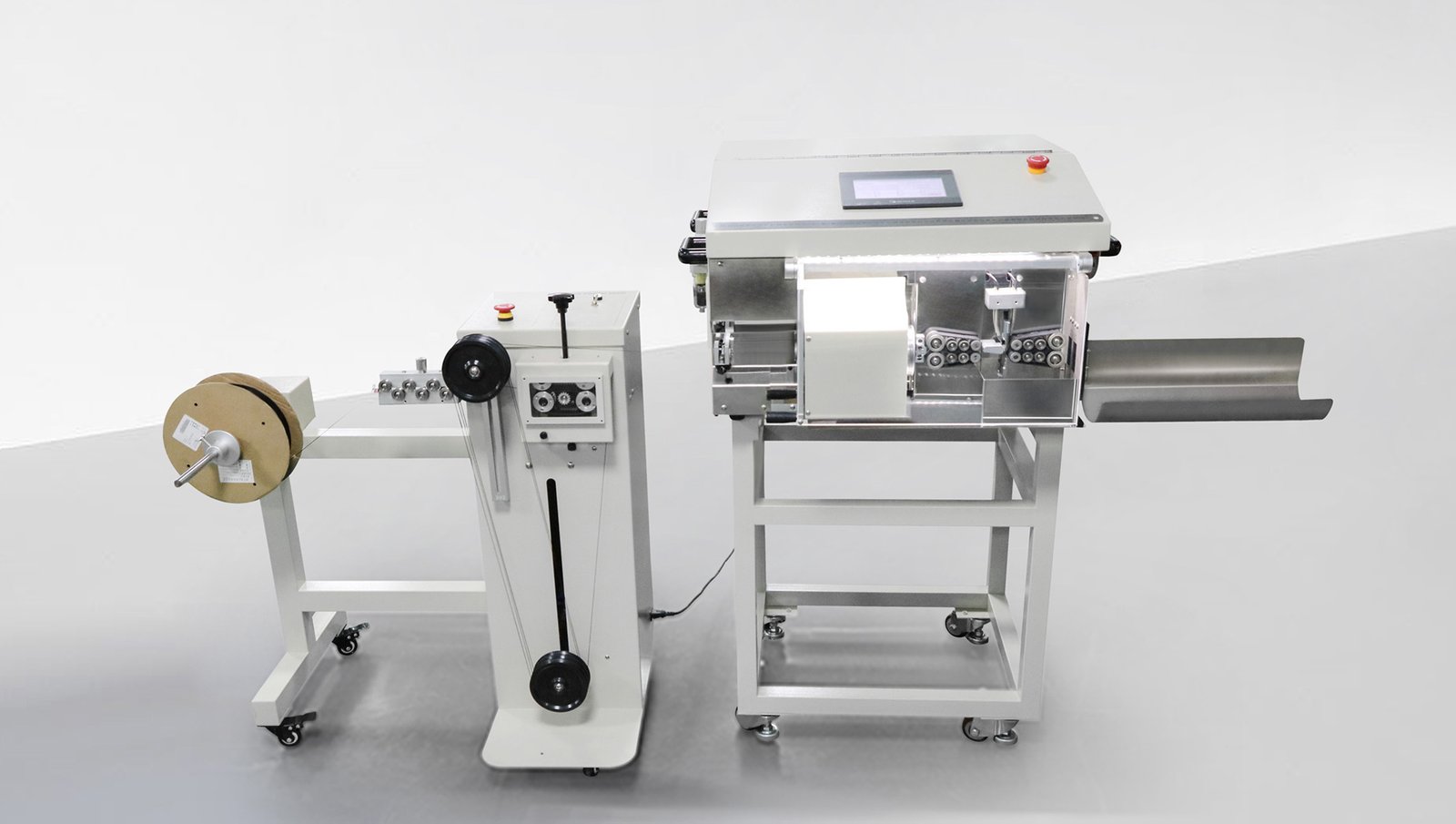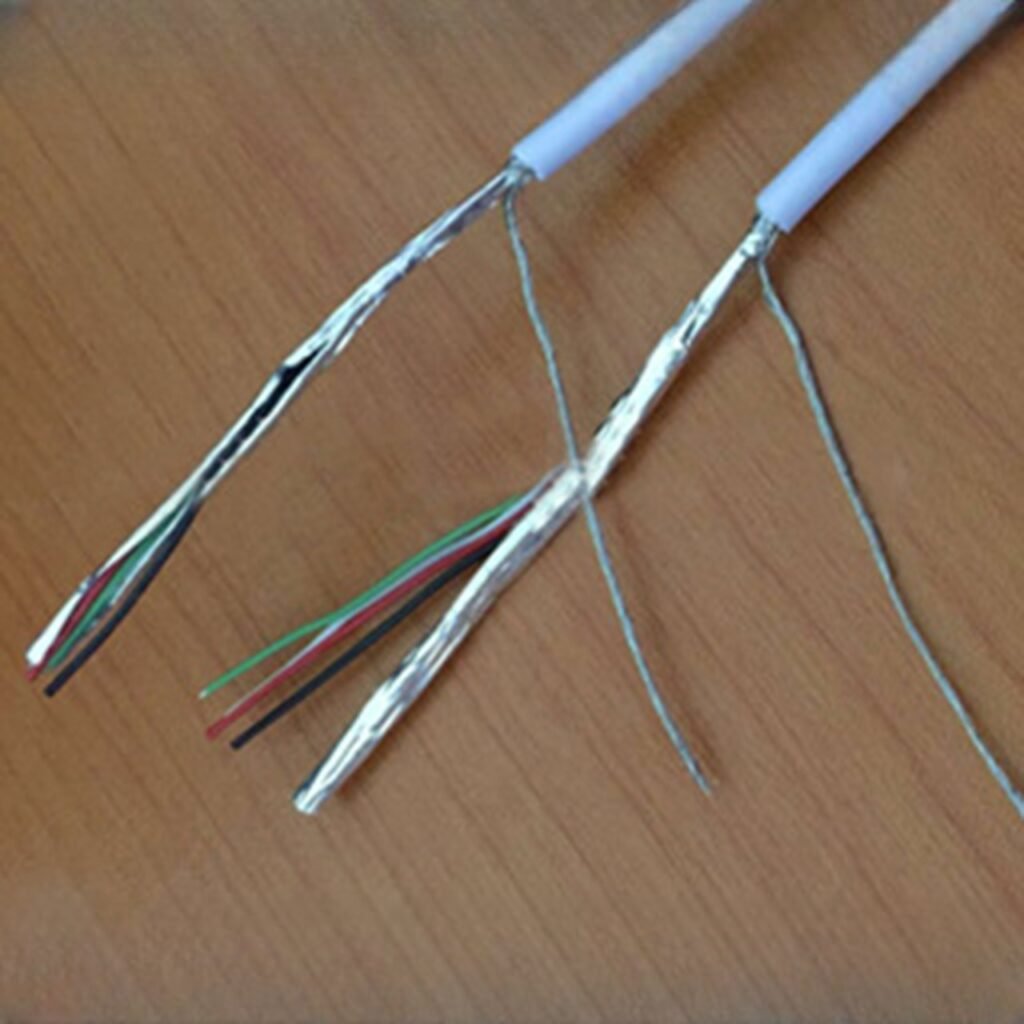Shielding Cable Processing
-
 @
Mark Ji
@
Mark Ji
- Last updated
Table of Contents
What is shielding cable?
Shielding cable is a type of cable that has a metallic layer around its conductor to protect it from electromagnetic interference (EMI). EMI is the unwanted disturbance caused by electric or magnetic fields that can affect the performance and reliability of the cable and the devices it connects. Shielding cable can reduce the EMI by reflecting or absorbing the external fields, as well as by providing a low impedance path to ground.
Shielding cable can be made from different types of materials, such as copper, aluminum, steel, or foil. The shield can also have different shapes and configurations, such as braided, spiral, or tape. The choice of the shield depends on the application and the requirements of the cable, such as the frequency, the impedance, the attenuation, the flexibility, and the cost.
Application of shielding cable
• Electrical insulation: Shielding cable can prevent electrical shocks, shorts, and fires by covering exposed wires and terminals.
• Mechanical protection: Shielding cable can protect wires and cables from physical damage, such as cuts, tears, and kinks, which can cause them to break or malfunction.
• Environmental sealing: Shielding cable can seal the gaps and openings between wires and connectors, which can prevent dust, dirt, water, and other contaminants from entering and causing problems.
• Identification and organization: Shielding cable can be used to label and color-code wires and cables, which can make them easier to identify and distinguish.
How to cut and strip shielding cable?
Cutting and stripping shielding cable is the process of removing the outer jacket and the shield layer of the cable to expose the conductor for further processing, such as soldering, crimping, or terminating. Cutting and stripping shielding cable can be done manually or automatically, depending on the size and quantity of the cables.

Manual cutting and stripping shielding cable involves using a tool, such as a knife, a cutter, or a stripper, to cut and remove the jacket and the shield layer of the cable by hand. Manual cutting and stripping shielding cable can be more flexible and customizable, but also more time-consuming and labor-intensive.
Automatic cutting and stripping shielding cable involves using a machine, such as a wire stripper, a wire cutter, or a wire processing system, to cut and remove the jacket and the shield layer of the cable in a controlled and consistent manner. Automatic cutting and stripping shielding cable can be more fast and efficient, but also more rigid and standardized.

Shieldnet brushing and twisting
Shieldnet brushing and twisting is the process of preparing the shield layer of the cable for further processing, such as soldering, crimping, or splicing. Shieldnet brushing and twisting can improve the electrical and mechanical properties of the shield, such as the conductivity, the strength, and the stability.

Shieldnet brushing and twisting involves using a tool, such as a brush, a comb, or a twister, to untangle, align, and twist the strands of the shield layer of the cable. Shieldnet brushing and twisting can be done manually or automatically, depending on the size and quantity of the cables.
The steps of shieldnet brushing and twisting,
• Brush the shield layer of the cable, using a tool that matches the type and configuration of the shield, to untangle and align the strands of the shield, and to remove any dirt or debris from the shield.
• Twist the shield layer of the cable, using a tool that matches the type and configuration of the shield, to twist the strands of the shield into a compact and uniform shape, and to increase the conductivity and the strength of the shield.
• Inspect the shield layer of the cable for any defects or damages, and correct or replace them if necessary.
Other processes that can be done on the shield layer of the cable
• Soldering: Soldering is the process of joining the shield layer of the cable to another metal part, such as a terminal, a connector, or a ground, using a molten metal alloy, called solder, as a filler. Soldering can create a strong and durable electrical and mechanical connection between the shield and the metal part, and can also provide a low impedance path to ground for the shield.
• Crimping: Crimping is the process of compressing the shield layer of the cable into a metal part, such as a terminal, a connector, or a ground, using a tool, called a crimper, that applies pressure and force to the shield and the metal part. Crimping can create a secure and reliable electrical and mechanical connection between the shield and the metal part, and can also provide a low impedance path to ground for the shield.
• Terminating: Terminating is the process of attaching the shield layer of the cable to a device, such as a resistor, a capacitor, or a sensor, using a method, such as soldering, crimping, or screwing, that creates a contact or a circuit between the shield and the device. Terminating can create a functional and operational electrical and mechanical connection between the shield and the device, and can also provide a desired electrical property or function for the shield.
Summary
Shielding cable processing is the process of applying, cutting, stripping, preparing, and connecting a metallic layer around a cable’s conductor to protect it from electromagnetic interference. Shielding cable processing can improve the safety and performance of the cable and the devices it connects, by reducing the noise, distortion, or loss of signal caused by EMI. Shielding cable processing can also improve the appearance and performance of the cable, by reducing the size and weight, increasing the strength and durability, and ensuring the compatibility and compliance of the cable and the devices. Shielding cable processing can be done in different ways, depending on the type and size of the materials, the type and format of the joints, and the purpose and preference of the user.

